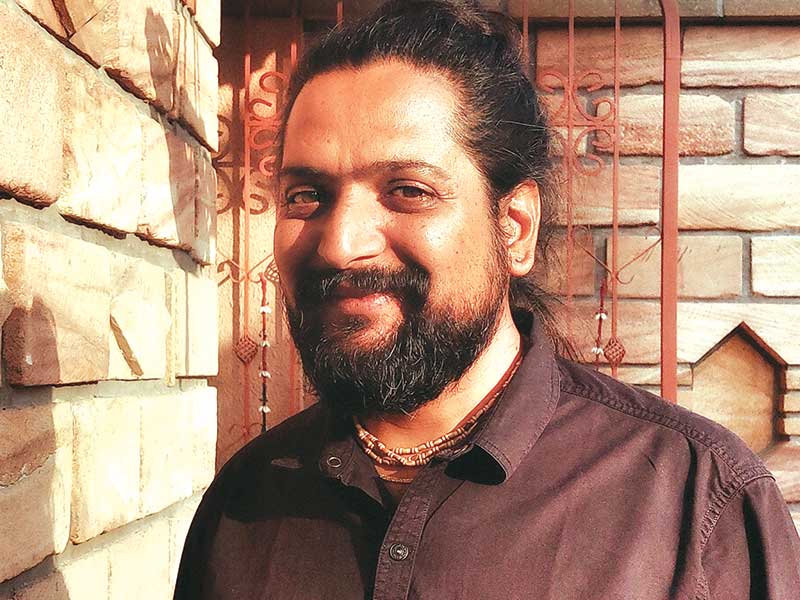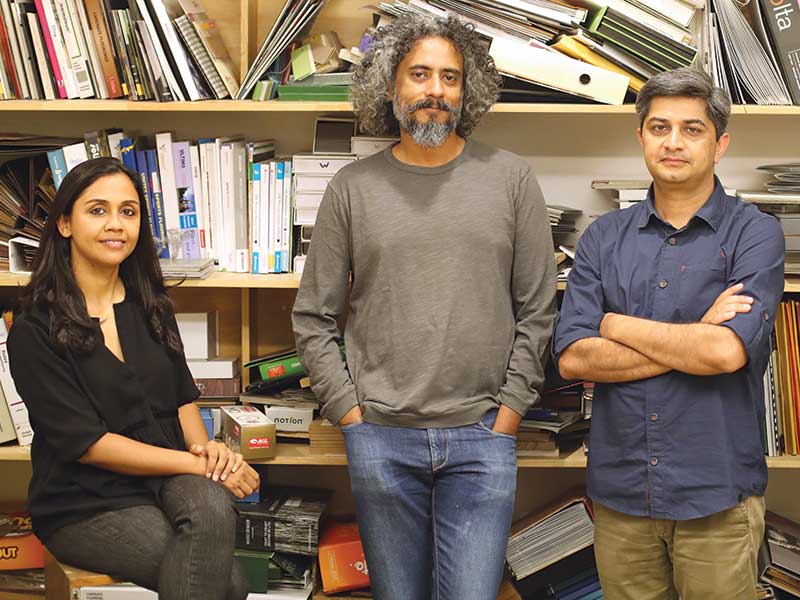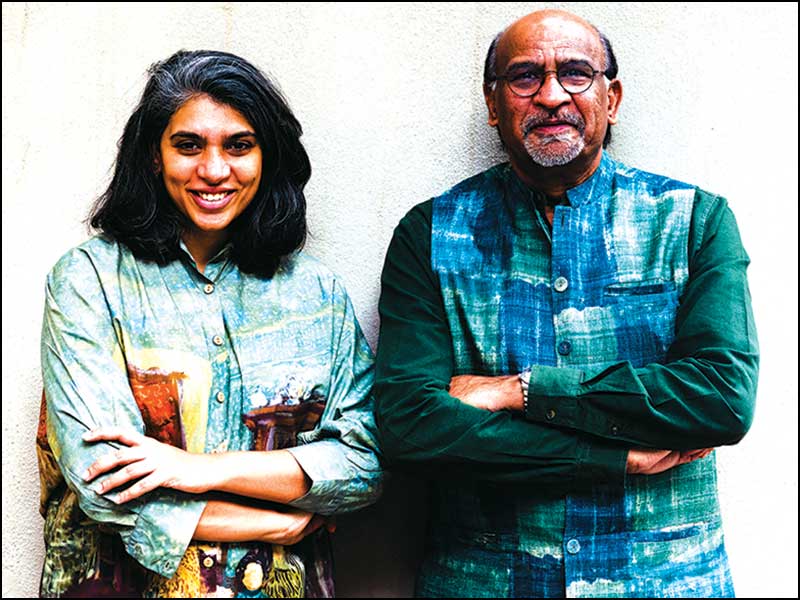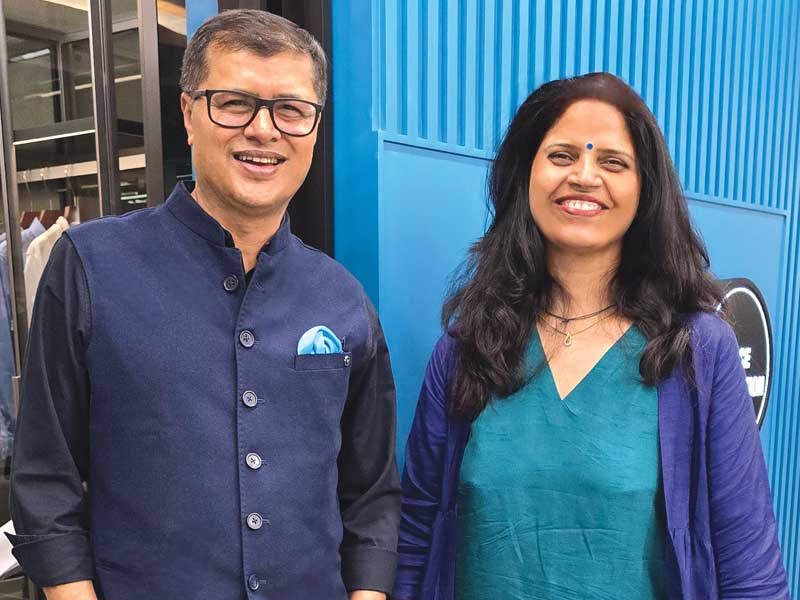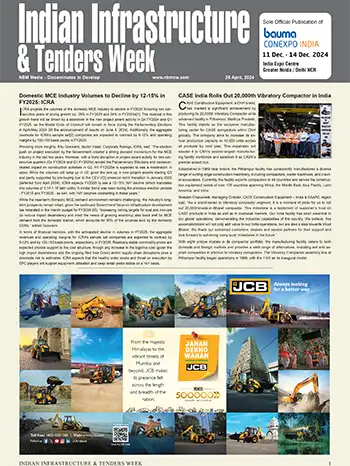
India’s rich architectural legacy bears witness to the country’s varied cultural and religious influences. Historic buildings like the famous Taj Mahal and the magnificent Khajuraho temples are prime examples of the architectural genius of their respective times. Magnificent palaces, forts, and monuments built by several dynasties and kings over time have left their mark on the environment. Every period produced its own unique architectural designs, fusing native methods with foreign—Islamic, Persian, or Colonial—influences.
Modernist architectural ideas flourished in the post-Independence era, with architects such as Le Corbusier making a lasting impression on cities such as Chandigarh. But in recent decades, there has been a fresh surge of architectural experimentation and invention brought forth by increased urbanization and globalization. Global architectural trends and the expectations of a growing middle class are reflected in the growth of skyscrapers in cities like Bangalore, Delhi, and Mumbai.
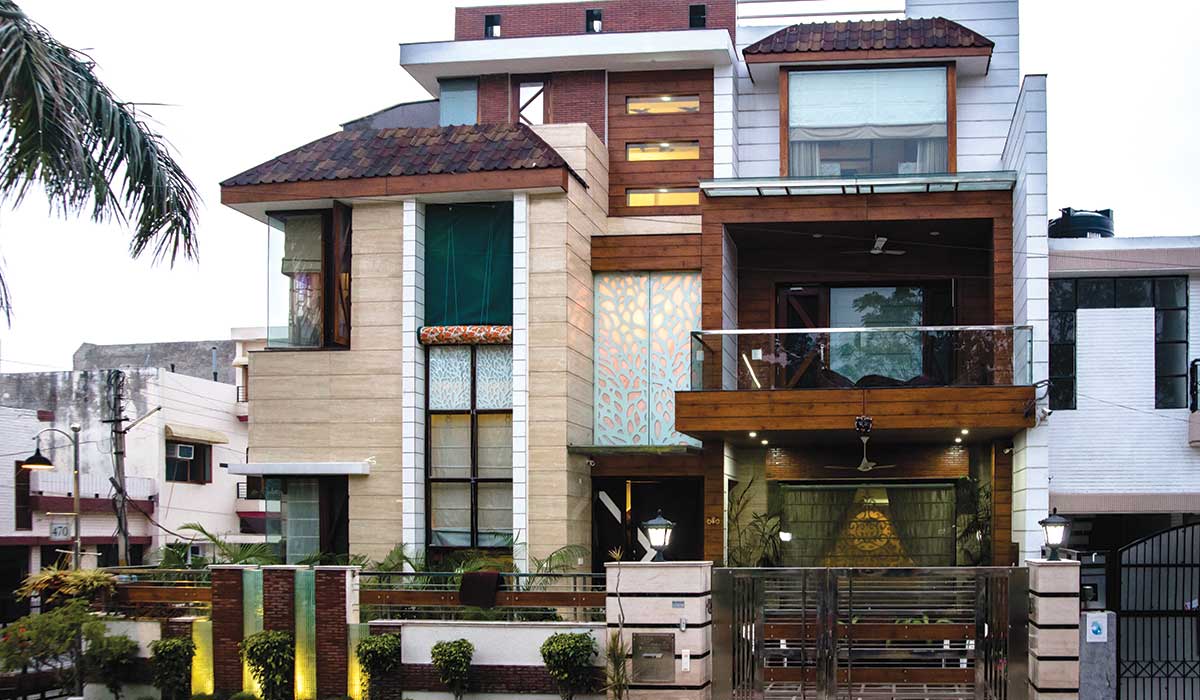
Sustainable architecture is becoming more and more important in India as worries about climate change and environmental degradation grow. In an effort to develop environmentally friendly buildings that mix in with their surroundings, architects are increasingly using traditional building methods and materials. In addition to advancing sustainability, the resurgence of vernacular architecture protects cultural legacy and cultivates a feeling of collective ownership.
As a result of technological advancements, architecture is undergoing a revolution as architects are able to push the limits of design and construction. Digital techniques such as 3D printing and parametric modeling, are making it easier to realize ambitious architectural concepts. To further improve energy efficiency, comfort, and security, smart technologies are also being incorporated into buildings, opening the door to the development of smarter, more sustainable communities.
Inspite of its progress, Indian architecture faces a number of obstacles, including increasing urbanization, poor infrastructure, and socio-economic inequality. But these difficulties also give urban planners and architects a chance to reconsider conventional wisdom and imagine more resilient, inclusive communities. India is committed to rethinking its physical environment for the benefit of its population, as seen by initiatives like the Smart Cities Mission and sustainable development initiatives.
In summary, Indian architecture is clearly undergoing a transitional period that is marked by a fusion of local wisdom and global influences, as well as tradition and innovation. India’s architectural landscape depicts the dynamic interaction of old and modern, past and future, as the country advances in the twenty-first century. Indian architects possess the ability to create aesthetically beautiful, socially inclusive, and environmentally sustainable constructed environments by embracing sustainability, utilizing technology, and preserving local customs.


